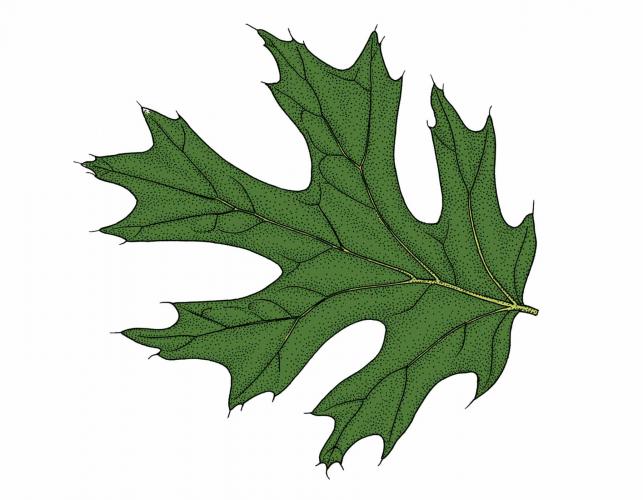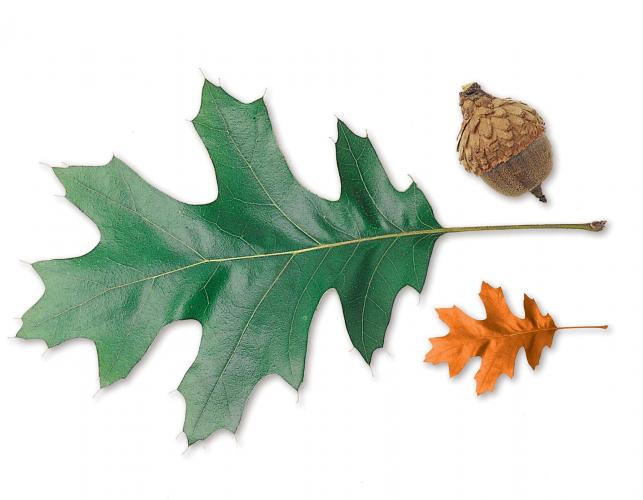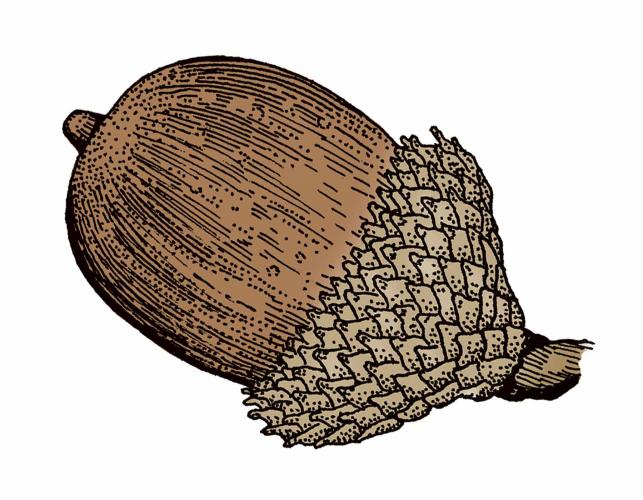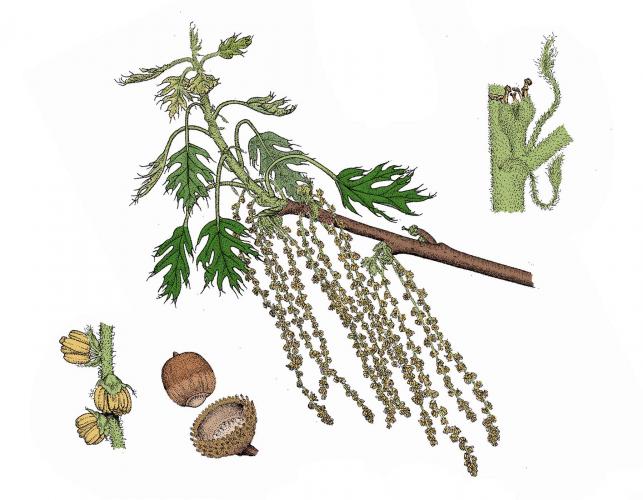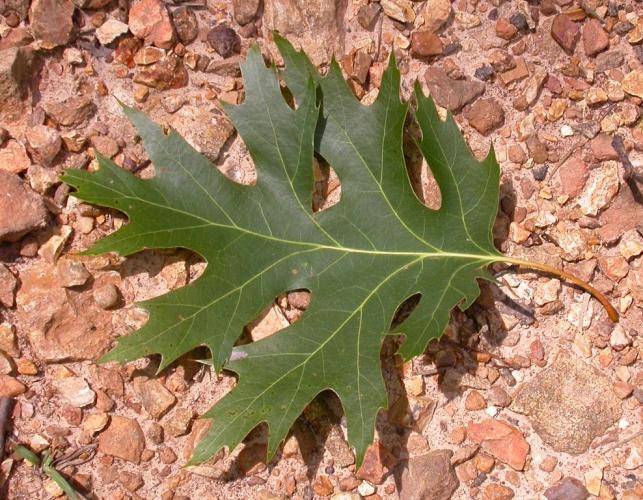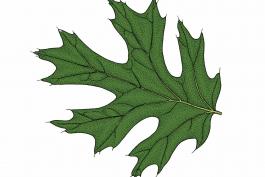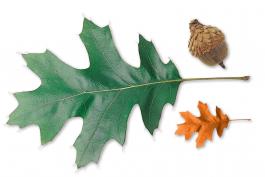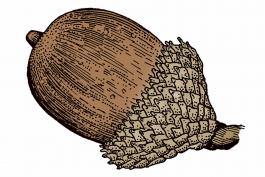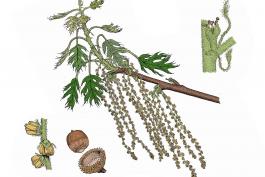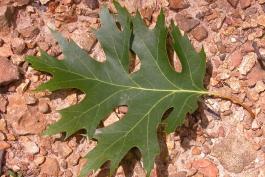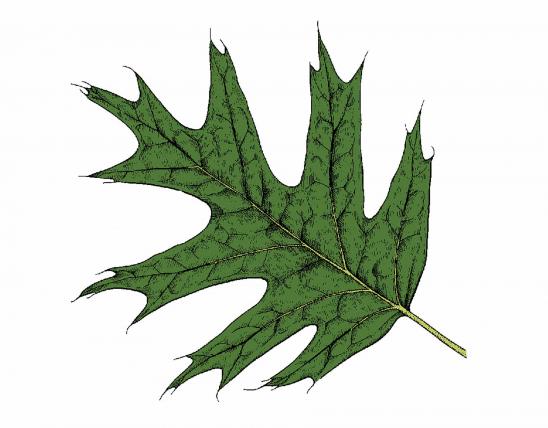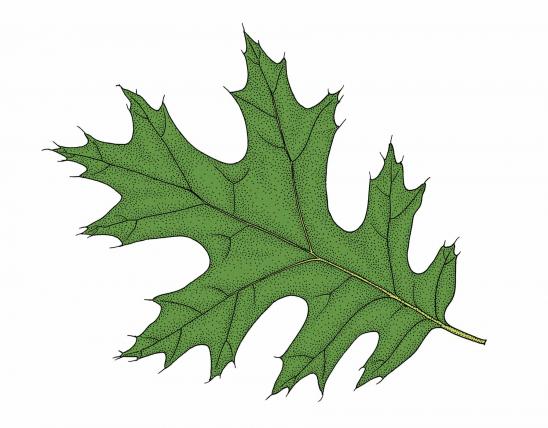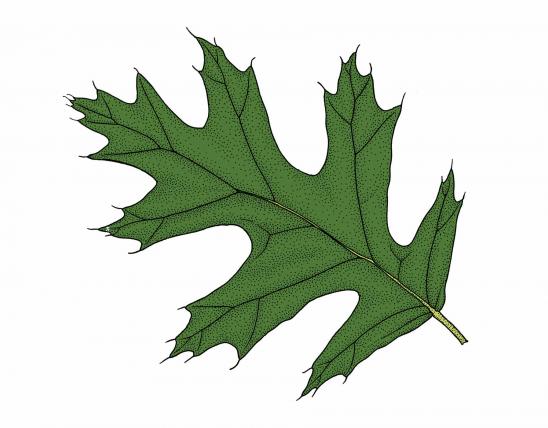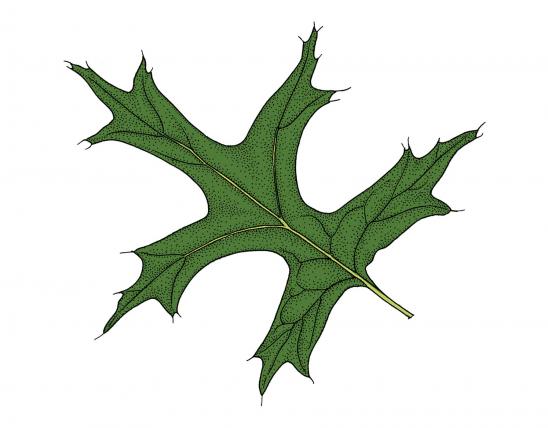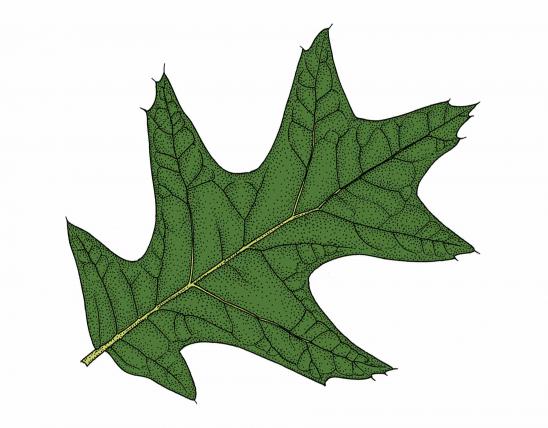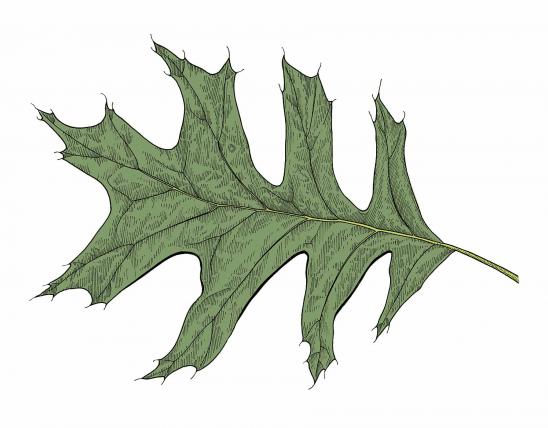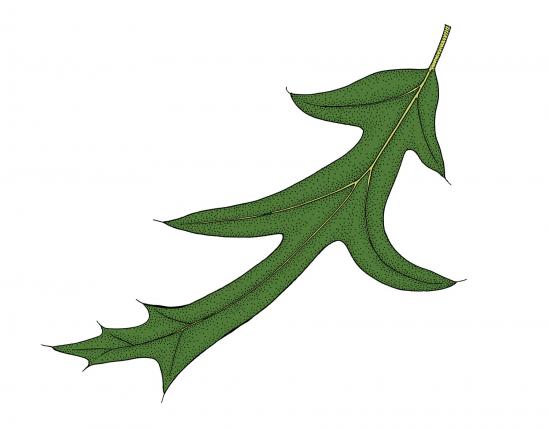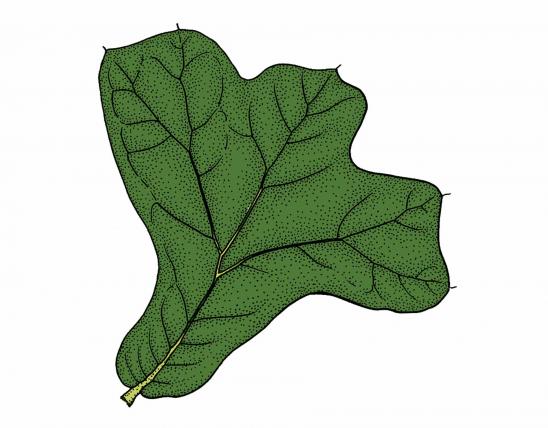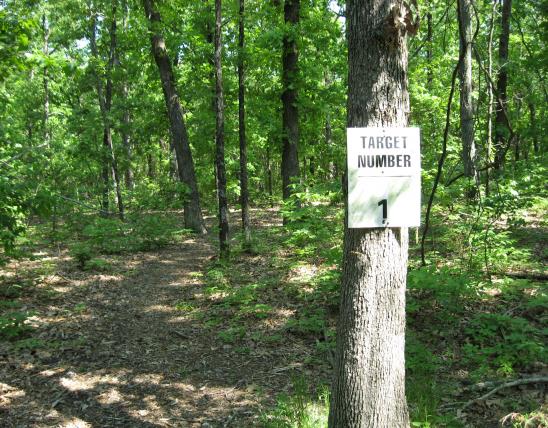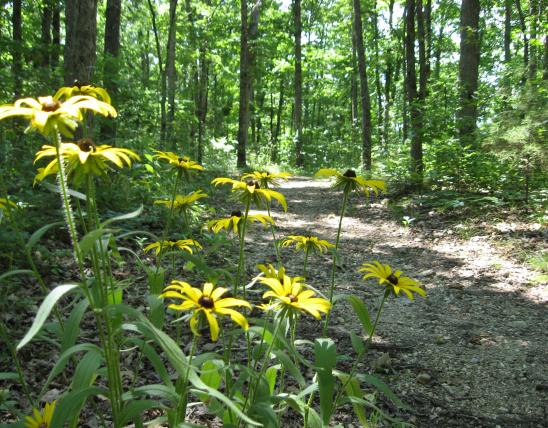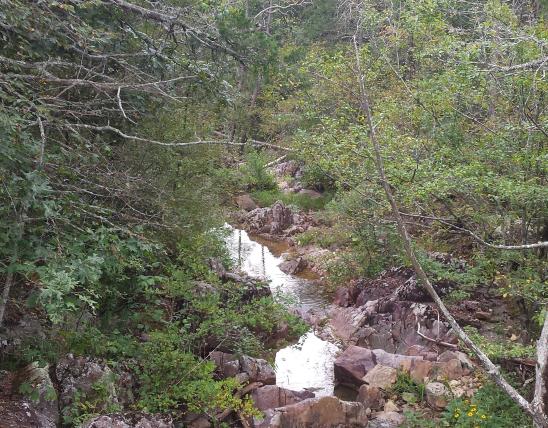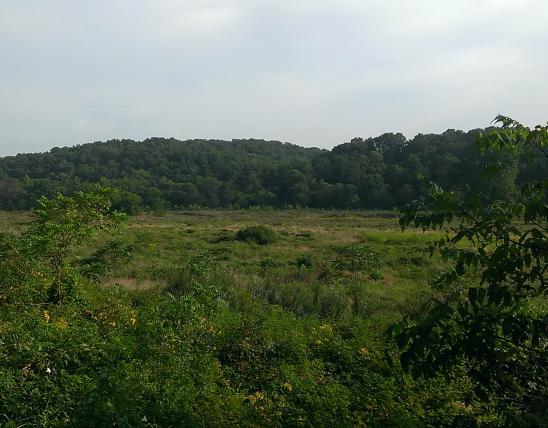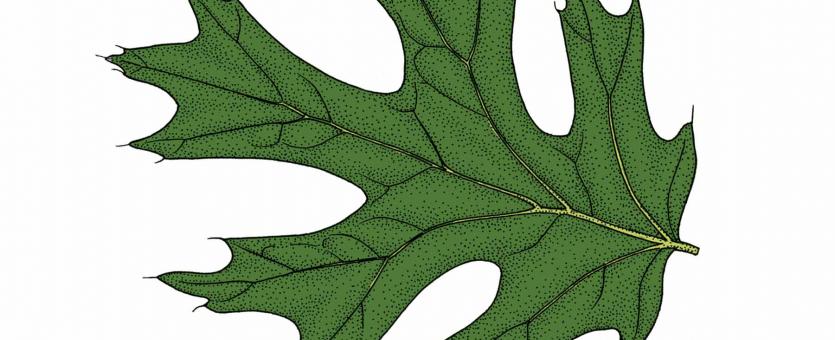
Black oak is a medium-sized tree with a wide-spreading, open crown and tall, straight trunk.
Leaves are alternate, simple, with 5–7 bristle-tipped lobes, cut deep or shallow. They are 5–10 inches long, 3–8 inches wide, dark and shiny above, pale and conspicuously fuzzy underneath (the species name, velutina, means "velvety").
Bark is smooth on branches, becoming black and very rough. The inner bark is distinctively mustard yellow or orange, and bitter.
Twigs stout, reddish-brown, hairy at first, smooth with age. End buds sharp-pointed, distinctly angled, covered with gray hairs.
Flowers April–May, in catkins.
Fruits September–October. Acorns solitary or in pairs, reddish-brown, striped, oval with a rounded tip, ½ to 1 inch long. Cup with inner surface and scale edges hairy; deep, covering acorn halfway. Acorns ripen in autumn of second year.
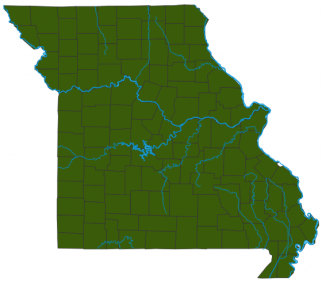
Habitat and Conservation
Status
Human Connections
Ecosystem Connections
